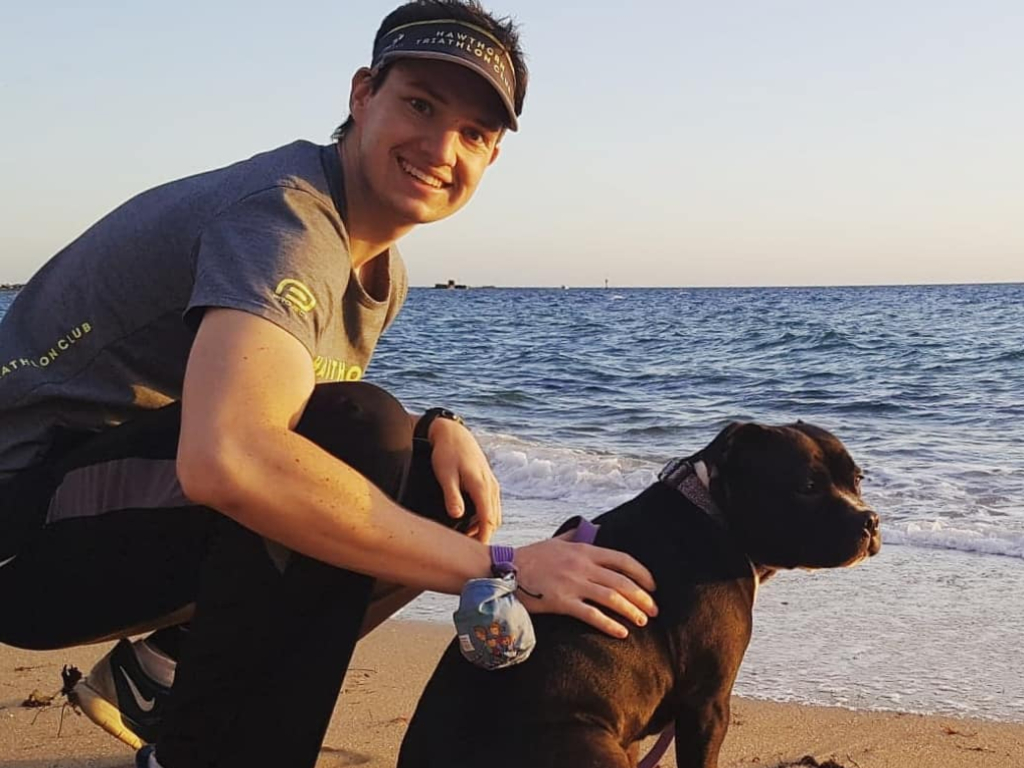An Australian astrophysicist got himself into a jam while trying to invent a device to fight COVID-19 transmission.

Daniel Reardon came up with a genius idea — he wanted to build a magnetic necklace that reacts when wearers try to touch their faces.
In the midst of the coronavirus spread, physicians advise that one of the best ways to avoid infection is by not touching your face.
“I thought that if I built a circuit that could detect the magnetic field, and we wore magnets on our wrists, then it could set off an alarm if you brought it too close to your face,” he told the Guardian Australia of his idea.
“A bit of boredom in isolation made me think of that.”
The device wasn’t cooperating, so he started goofing around with the magnets, Reardon explained to the BBC.
“I had a laugh and gave up temporarily. Then I started mindlessly placing the magnets on my face,” he said. “First my earlobes, then my nostrils, like a magnetic piercing.”

“The problem was when I put magnets in my other nostril. They all pinched together, and the ones on my septum got stuck,” he continued.

Get daily National news
At first, he stayed calm, until he realized they weren’t going to be easy to remove.
After a failed attempt to remove them with two more magnets, which also got stuck up his nose, he turned to pliers.
“Every time I brought the pliers close to my nose, my entire nose would shift towards the pliers and then the pliers would stick to the magnet,” he told the Guardian. “It was a little bit painful at this point.”
Finally, his partner took him to the hospital she works at because “she wanted all her colleagues to laugh at me,” he said.
After applying an anaesthetic spray, he told the Guardian, his doctor was able to remove the magnets.
“Needless to say,” he said, “I am not going to play with the magnets anymore.”
—
Questions about COVID-19? Here are some things you need to know:
Health officials caution against all international travel. Returning travellers are legally obligated to self-isolate for 14 days, beginning March 26, in case they develop symptoms and to prevent spreading the virus to others. Some provinces and territories have also implemented additional recommendations or enforcement measures to ensure those returning to the area self-isolate.
Symptoms can include fever, cough and difficulty breathing — very similar to a cold or flu. Some people can develop a more severe illness. People most at risk of this include older adults and people with severe chronic medical conditions like heart, lung or kidney disease. If you develop symptoms, contact public health authorities.
To prevent the virus from spreading, experts recommend frequent handwashing and coughing into your sleeve. They also recommend minimizing contact with others, staying home as much as possible and maintaining a distance of two metres from other people if you go out.
For full COVID-19 coverage from Global News, click here.
—









Comments